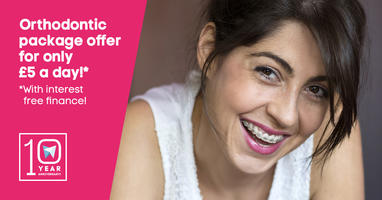When speaking of orthodontics, it is customary to speak only of widgets, devices, and tooth surfaces. When asked about the mechanics, it is mentioned that below the gum teeth are anchored in different kinds of soft tissues and bone, yet devices can still pull or push teeth into the proper place. This concept causes quite some confusion and quite some uncertainty in patients, and this is what I would like to clear up first and foremost. So I would like to speak a little about the different tissues below the gum line.
Difficulties
The hard part is that although these tissues are visible to the naked eye, they are not entirely easy to differentiate to the untrained eye. It just looks like a bunch of red tissue with perhaps whiter bits sticking out, it does not look like much to us. This is why I believe that naming the parts will be useful.

The Parts Of The Gums
The gingiva: Basically an outer shield against bacteria, the gingiva are what is usually referred to as “gums”. It can be defined as a large, resilient mucous membrane covering all of the internal structures of the tooth and periodontium.
Alveolus: The alveolar bone can be found underneath the gingiva. Made up mostly of porous bone material and different types of proteins, this complex organ is the tissue that keeps teeth in their place.
Periodontal membrane: A thin membrane surrounding each and every tooth. This is a special mucus membrane that makes up most of the tooth bed, and decomposes almost immediately when the tooth becomes missing. A very active part of the immune system of the mouth.
Periodontal ligament: This ligament is beneath all of the teeth, going up and around each of them. This ligament stands between the tooth roots and the alveolus, and adds additional stability (so much so that dentists are now thinking of using the periodontal ligament as a site for dental implants), and provides important antibodies that fight off infection.
These are all the tissues that surround your teeth and act as their anchor. These are the tissues that the teeth can move through with the aid of orthodontic devices. So do not be mistaken, they do not move through the jawbone, as that would involve cracking and breaking of bone materials. But these soft bones and tissues are ideal, hard enough to hold teeth fast, and yet soft enough to allow for rearrangement.
image: 1.

